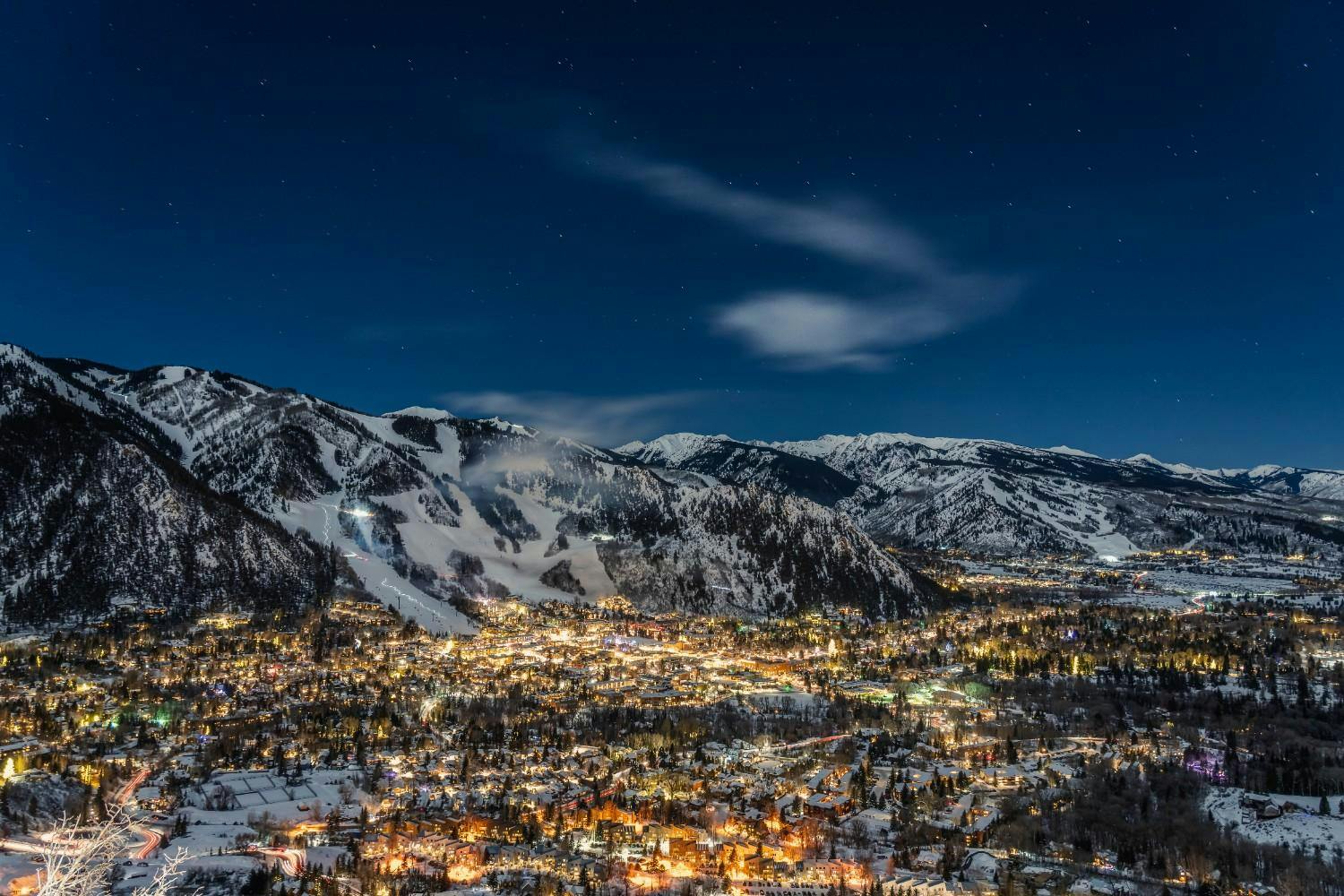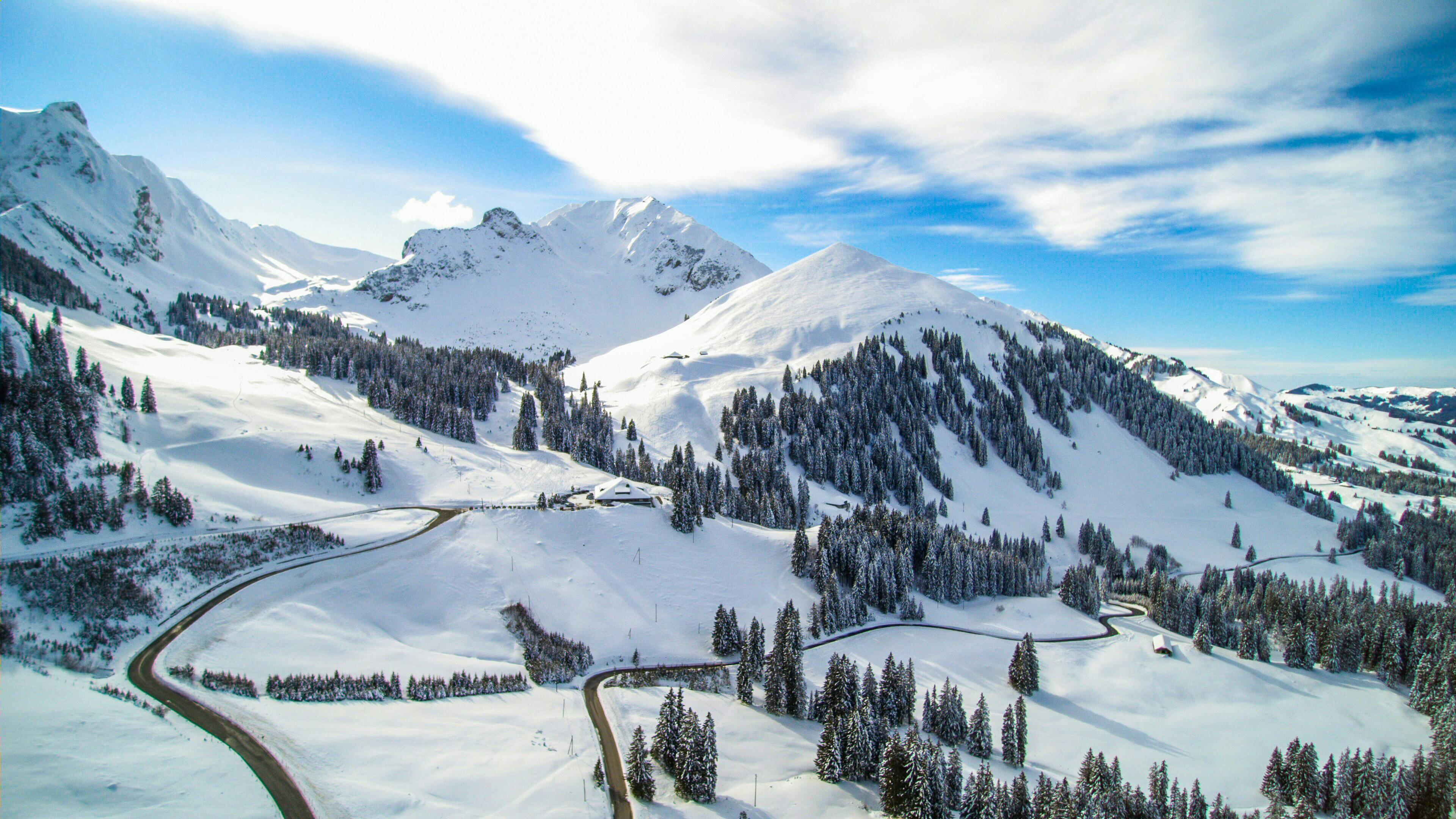- Ski.com Home
- Blog
- Guide: What to Wear Skiing
Guide: What to Wear Skiing

Strafe Outwear is one of our favorites. Born in Aspen, Colorado, Strafe is fueled by a passion for mountain living and adventure. Athlete-owned and inspired by the demands of Highland Bowl, Strafe designs modern, high-performance apparel that thrives in all conditions. From breathable, waterproof materials to snow-specific features, every piece is made to move fast, ski hard, and keep you comfortable. With deep roots at Aspen Highlands and a commitment to sustainability, inclusivity, and the joy of skiing, Strafe is more than gear—it’s a lifestyle.Strafe and Ski.com partnered to craft a comprehensive guide on dressing for a day on the mountain. We simplify the layering process by focusing on baselayers, insulation, and outerwear, tailored to your activity level, effort, and temperature. Here's a sneak peek of our Q&A with Victor and Kelsey from Strafe's marketing team.
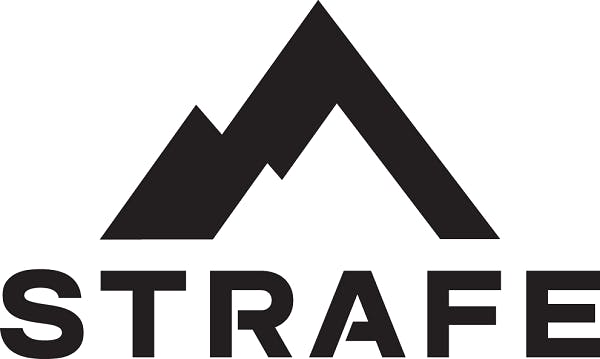
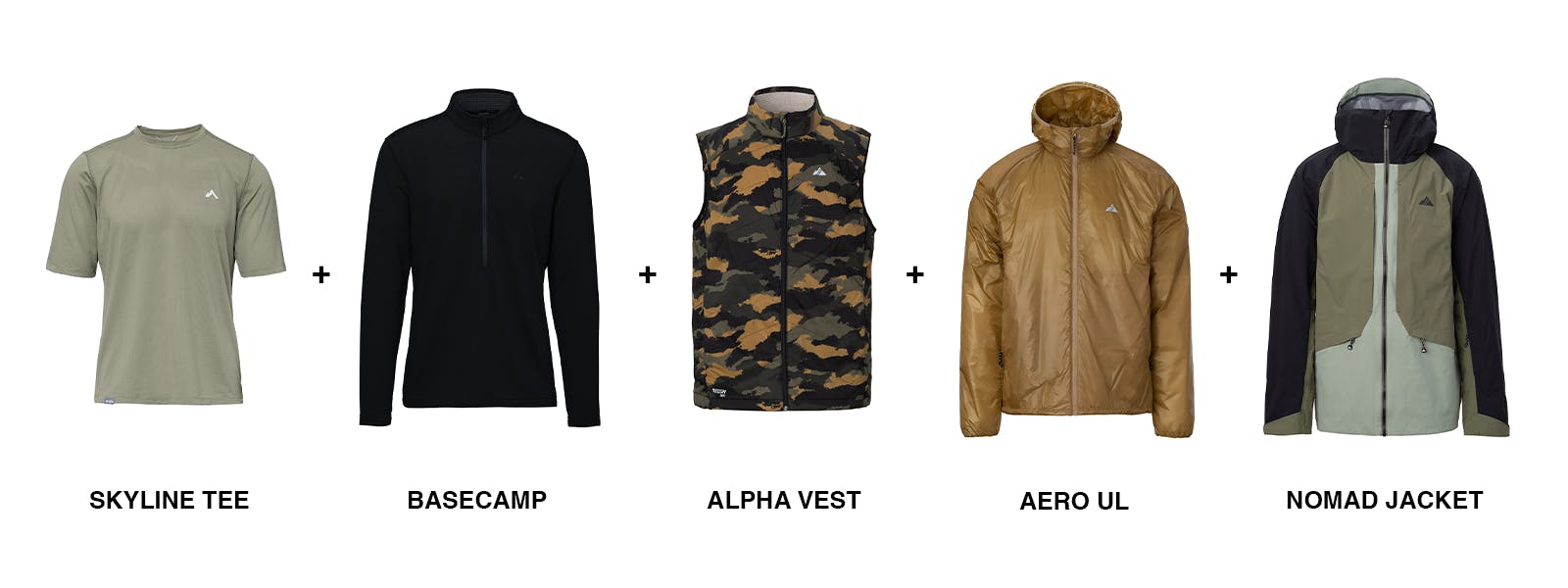 Example of Strafe gear to layer for varied conditions
Example of Strafe gear to layer for varied conditionsWhat's the most crucial advice you can offer someone who has never been skiing on how to dress appropriately?
100% LAYERING. Most new skiers and riders have not tried proper layering systems. Being new to the sport, you may not know if you ride cold or hot and how often the temperature fluctuates throughout the day. Having a few layers that work together can be a game changer to ensure your outerwear system can perform and keep you comfortable.
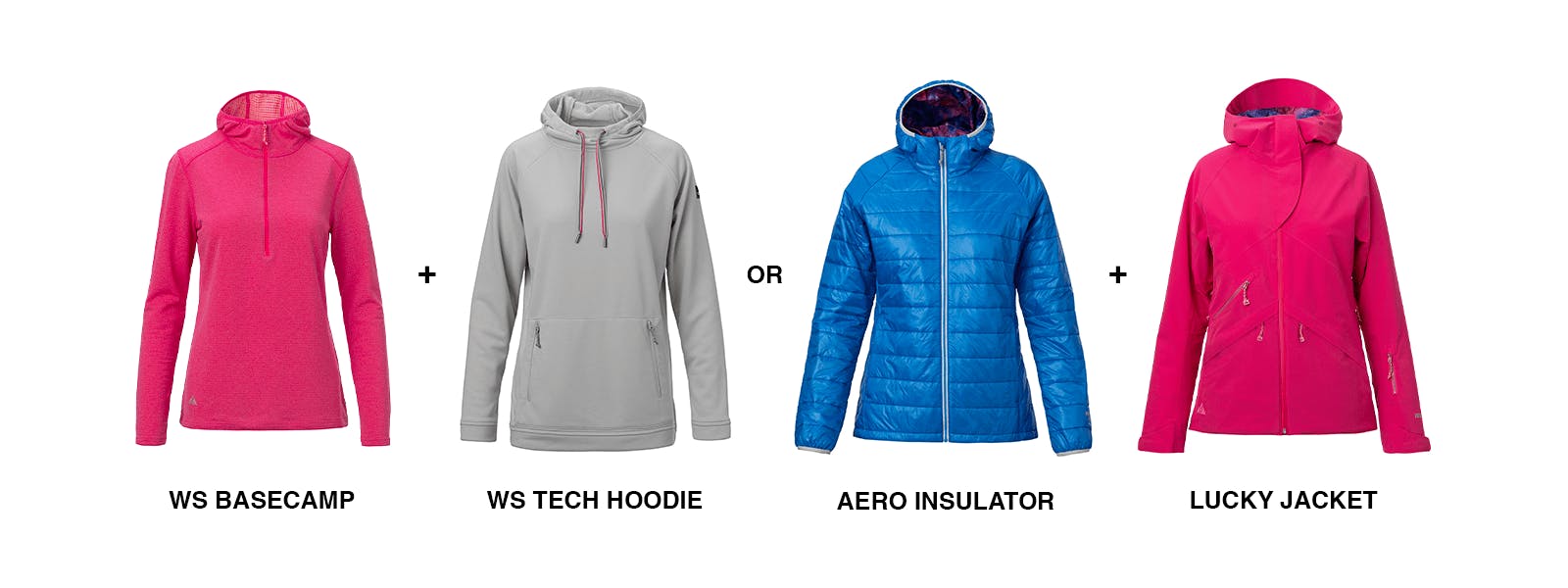 Example of Strafe gear to wear for cold weather
Example of Strafe gear to wear for cold weatherWhat kind of materials are best for the base layer you wear when skiing?
The two most common materials for baselayers are synthetic polyester or fleece and merino wool. Synthetic baselayers are generally higher performing. They dry faster, wick moisture better, and are generally more durable, however, they can get stinky after multiple uses. Merino wool baselayers on the other hand, are in general less durable and dry slower but can provide warmth when wet, are not polyester-based and are naturally antimicrobial.
The best baselayer type is generally personal preference. If you’re often skiing in a wet, humid climate merino wool may be the best choice. If you are in a drier environment and have access to multiple baselayers, synthetic can provide higher performance. Of course, there are many blends and materials available and it will take some time to discover your preference.
 Diagram from Strafe comparing synthetic polyester and merino wool
Diagram from Strafe comparing synthetic polyester and merino woolWhat's the most important thing to consider when getting ready for a ski day?
Gear doesn’t make the day great, but can sure make it better! Skiing is a cold, outdoor sport with a lot of moisture and it’s generally much easier to cool off than it is to warm up. Dress warm and give yourself options to adjust based on your comfort.
At the end of the day, it doesn’t really matter what you wear, just as long as you’re warm, comfortable, and outside enjoying the beautiful mountains we call home.
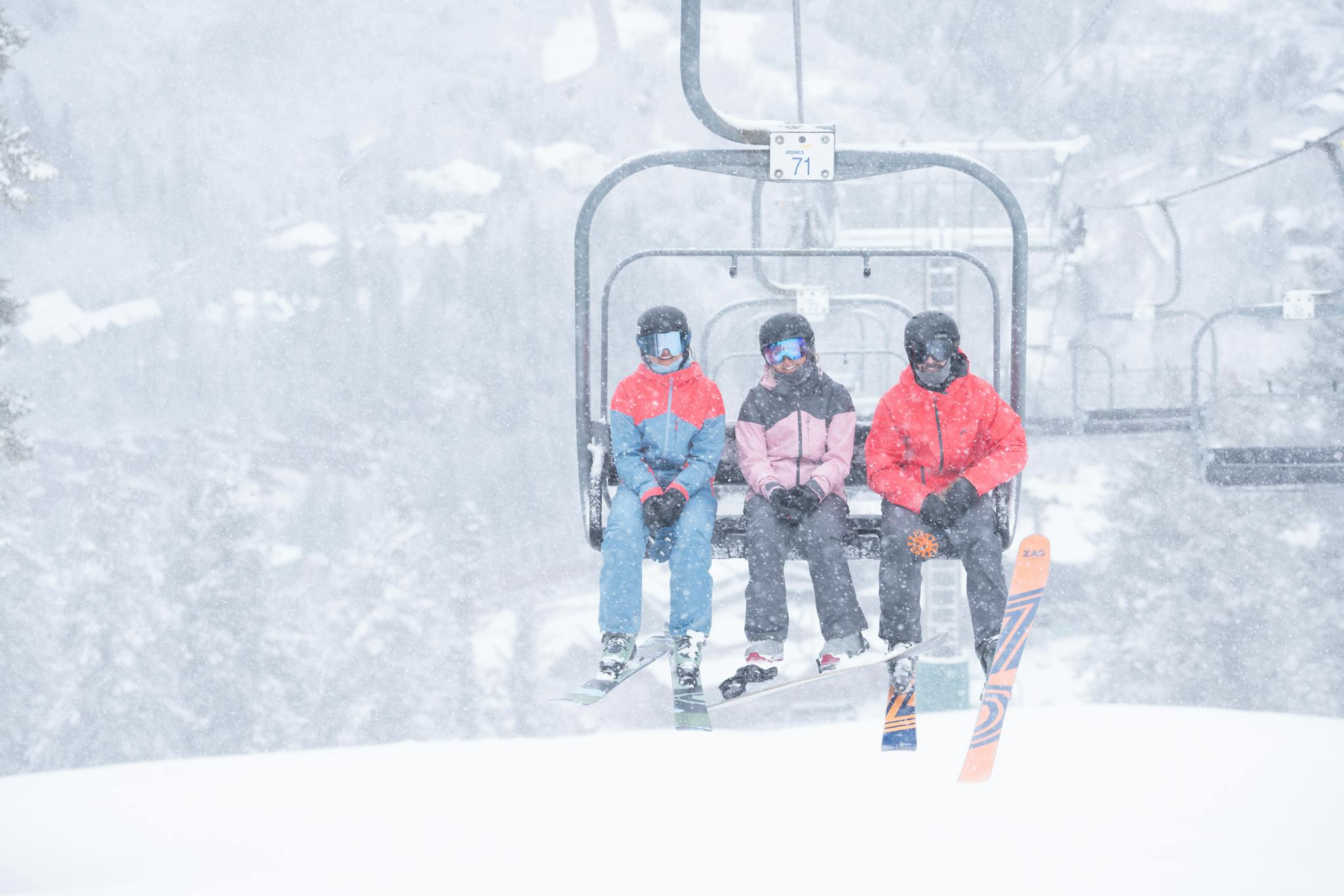
How do you adjust your layering for spring skiing or warmer days on the mountain?
When it comes to spring skiing or warmer days, it’s all about dialing in lightweight, breathable layers and maximizing ventilation. Start with a thin, moisture-wicking baselayer—something that keeps sweat off your skin without adding bulk. Skip heavy insulation and opt for a lightweight midlayer or go straight to a shell if it’s really warm.
Ventilation is your best friend—look for outerwear with large, easy-to-access pit zips or mesh-lined vents to dump heat fast during high-energy runs or sunny lift rides. And don’t forget sun protection! Spring skiing usually means more exposure, so pack a lightweight neck gaiter, wear sunscreen, and rock some UV-protective shades or goggles.
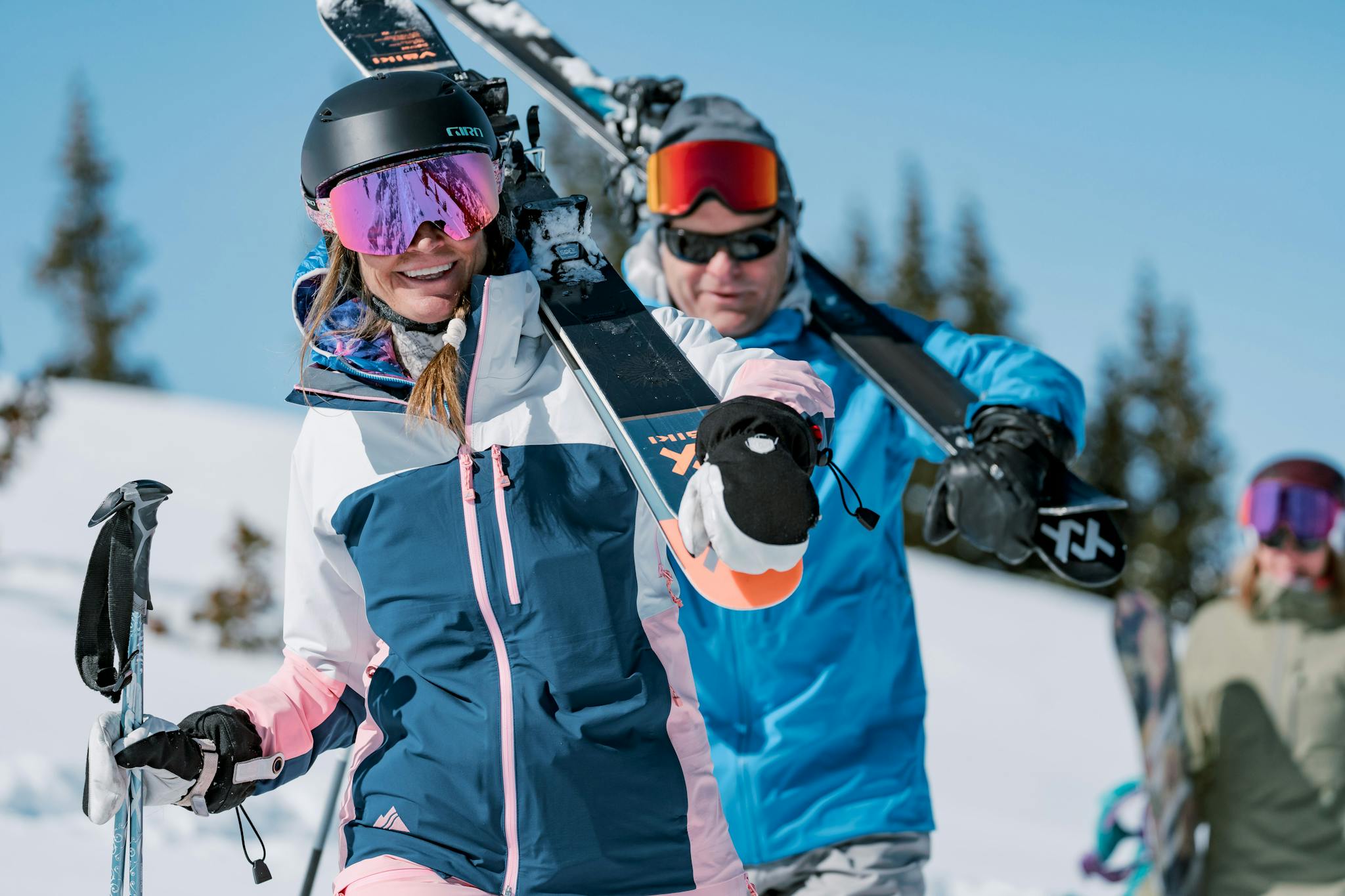
What are the biggest mistakes people make when dressing for skiing?
The top mistake? Overdressing. Many skiers pile on too many heavy layers, thinking more equals warmer. Spoiler alert: it doesn’t. Overdressing traps sweat, leading to that dreaded clammy feeling, and can actually make you colder as the moisture cools. Stick to a solid layering system—baselayer, midlayer, and outerwear—so you can adjust as needed.
Another big one? Choosing the wrong fabrics. Cotton is a no-go—it absorbs moisture and takes forever to dry. Instead, reach for technical materials like synthetic wicking fabrics or merino wool for your baselayers. These keep sweat at bay and regulate temperature.
Finally, don’t underestimate the power of good accessories. Forgetting proper gloves, a warm hat, or a neck gaiter can turn an awesome ski day into a frosty struggle. Oh, and always check the weather! Dressing for the wrong conditions is an easy mistake but totally avoidable.
What accessories are essential for varying conditions?
- Gloves vs. Mittens: Mittens for extra warmth, gloves for dexterity—both should be waterproof.
- Neck Gaiters: Lightweight for warm days, insulated for freezing temps.
- Goggles: Yellow/rose lenses for low light, dark lenses for sunny days.
- Beanies & Helmet Liners: Thin liners for cold days under your helmet, beanies for après.
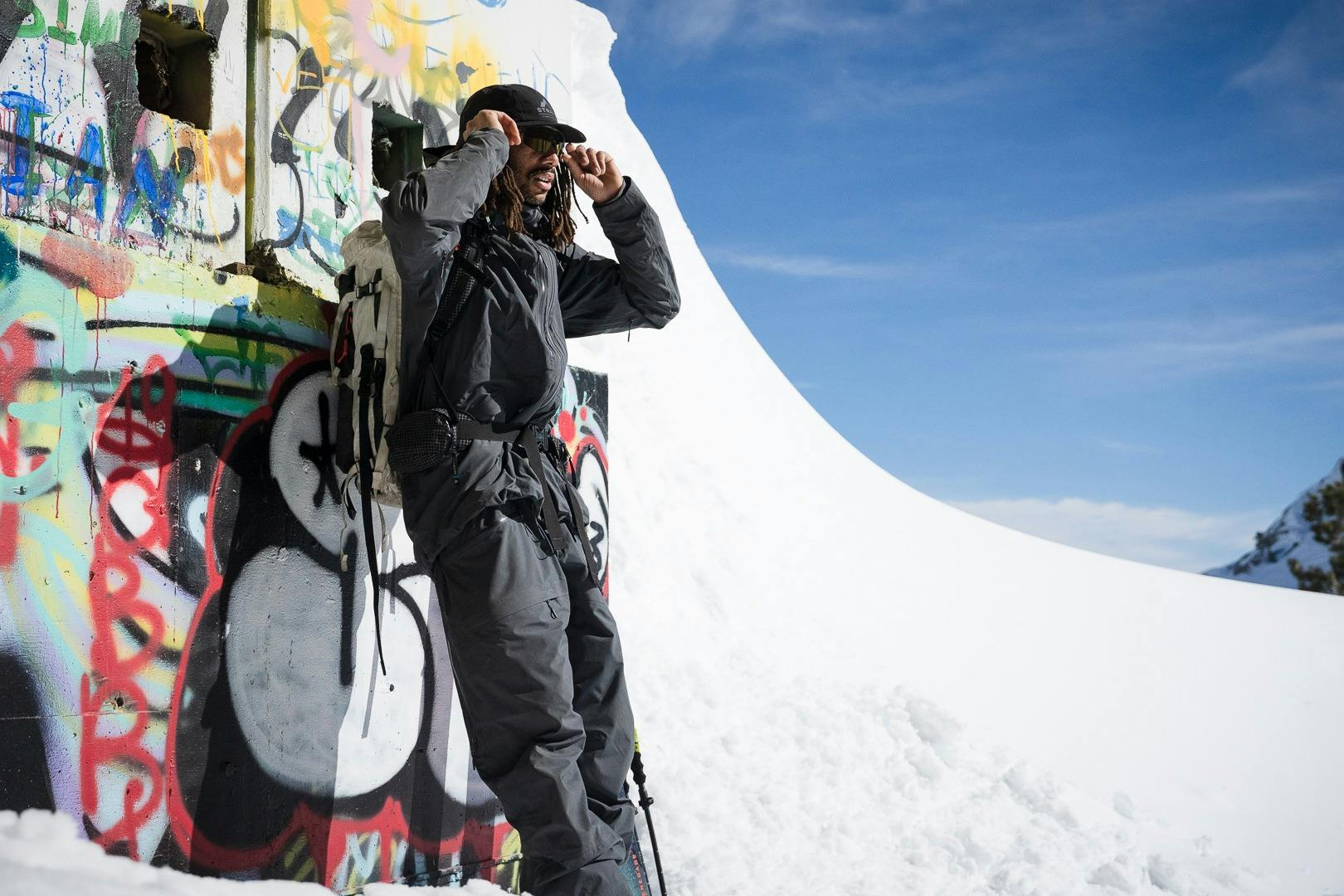
Anything else you'd like to add about layering and getting dressed for a day on the mountain?
Don’t be afraid to try new things! Trying new layering is how we learn what is most comfortable for us as the skier or rider we are.
Explore more Strafe gear:
WOMEN’S MID-LAYERS & INSULATION
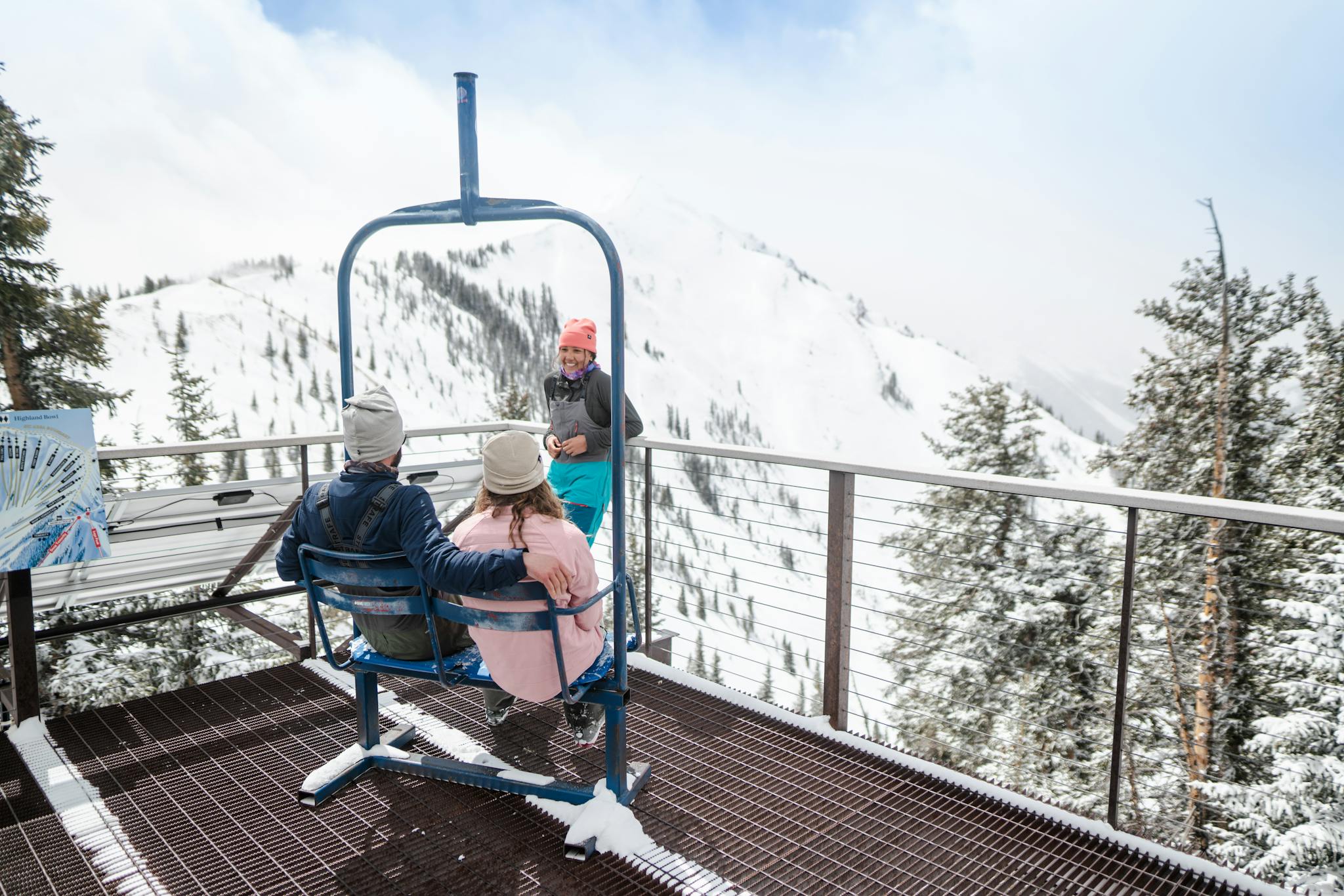
Ski.com
Author
Latest blogs
View AllHow Our Free White (Ski) Glove Service Works:
Reach out to a Ski.com Mountain Travel Expert by phone, chat, or our online form. Share details about your group size, interests, and budget and your Expert will begin to craft your dream ski vacation.
Get a curated proposal with personalized suggestions from your Expert via email. Book directly online or request additions or revisions from your Expert until it’s perfect.
If you have questions, want to add or modify your reservations or need anything assistance, your Expert is always by your side to help before, during and after your trip.
Sign up for our newsletter
Sign up for exclusive offers, news, updates and more.

